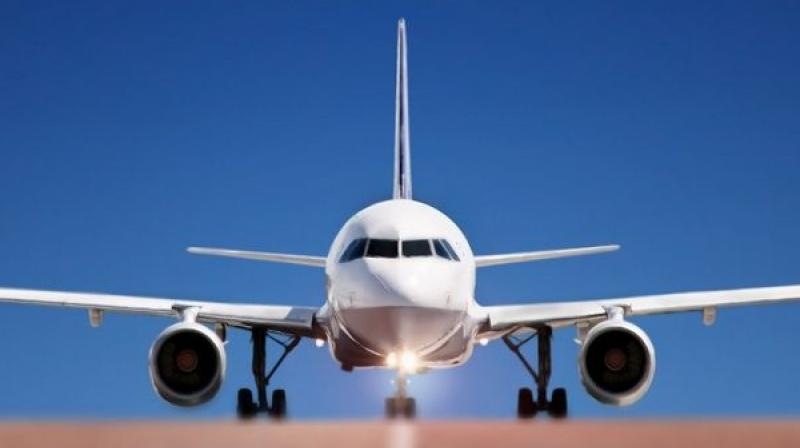Hyderabad: 222 commercial pilots grounded
In June and July this year six commercial flights were involved in serious incidents which could have turned deadly.

Hyderabad: In the last one year, 222 commercial pilots were grounded primarily for two reasons — reporting drunk or for in-flight incidents such as overshooting the runway and rough landings. Of these, 78 pilots were involved in breathalyser violations, and 144 were involved in other incidents.
Twelve pilots were issued show-cause notices for tail strikes — the tail of the aircraft striking the runway during take- off — and plane overshooting the runway.
In June and July this year six commercial flights were involved in serious incidents which could have turned deadly.
June 30 was a nightmare for Indian aviation. A Spicejet Q400 aircraft from Bhopal to Surat overran the runway when landing in Surat. The same day an Air India Express B737 aircraft operating from Dubai to Mangaluru was involved in a runway related violation.
On July 1 and 2, three Spicejet flights and an Air India Express, all at different locations, overran the runway. The Spicejet flight from Pune to Kolkata damaged the runway lights.
Going by the data, 12 pilots were grounded in the two months of June and July from these two commercial airlines.
According to the mandated procedure, every pilot is supposed to walk into the safe room to give the breathalyser test. The pilot should write down personal details including his licence number beside the alcohol reading. It is the responsibility of the pilot to give the test. But since no one oversees this procedure, many give it a miss.
Mr Rakesh Dhannarapu, a former cadet pilot and currently pursuing Master of Science (MSc) in aviation, explains, “Very recently, a chief pilot of Air India evaded his breathalyzer test on a flight to India. In a surprise audit conducted in the foreign country it was found that he slipped the test. While the flight was mid-air near London, the pilot was questioned and asked to undergo the test after it landed in India. When he refused to take the test in India, the Directorate General of Civil Aviation (DGCA) grounded him after a detailed inquiry. This is not an isolated case, there are instances where cadet pilots were found evading the test.”
India has strict laws for flying pilots. No alcohol is permitted 10 hours before the flight. While drivers on our road are convicted for drunk driving, pilots who ferry hundreds of passengers get away with a suspension or their licence is cancelled for a violation of this rule.
“Not too long ago, the International Civil Aviation Organisation (ICAO) marked India’s aviation sector in red for its bad passenger safety record and structural flaws; neighbouring countries of Nepal and Pakistan were graded higher than India. However, India made a comeback into the safe zone after some recently introduced improvements. It is extremely important to increase the number of surprise audits it carries out and come down heavily on pilots to keep their grades high,” added Mr Dhannarapu.
Another frightening thing — at least for the air passenger — is the frequent occurrence of harsh landings and overshooting the runway. Many pilots seem to face something called the go-home syndrome, where the pilot after back-to-back flights wants to end the operation and head home.
If the weather conditions are bad and the aircraft is unfit to land, it may result in overshooting or rough landing. In this case, the pilot must initiate the ground procedure: he/she must call off the landing and get into circuit mode where the aircraft will be realigned and will loop around the runway. However, most pilots think they can handle the situation and approach the runway. In certain incidents, damage has occurred,” added a former pilot.
In the wake of these multiple overshooting incidents in a span of 72 hours, the Indian aviation regulator Directorate General of Civil Aviation (DGCA) issued safety directions to airlines.
In a circular, the DGCA said, “Aircraft operations during the monsoon season pose challenges, which, of late, have resulted in a number of occurrences.”
Issuing various directions to the airlines, the circular stated: “Crew should be well aware of the aircraft’s limitations and of takeoff/landing performance calculations during the adverse weather operations.”
It added that while adhering to the minimum cockpit experience, which has already been laid down by the DGCA, airlines should carry out their own “risk assessment” before conducting operations during adverse weather conditions.

